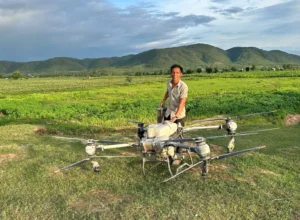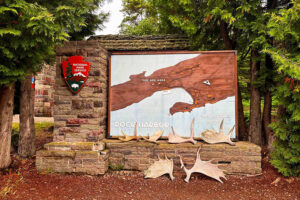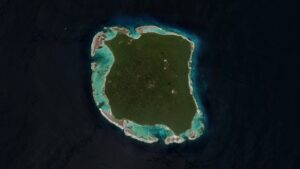If the Venetorapter gassenae had regular hands, it would be like everyone else. But it doesn’t, and that bizarre detail elevates the Triassic creature’s discovery a cut above the rest.
The archaic reptile had wiry hands with long, blade-like claws it likely deployed to shred a diet that included insects, small animals, and fruits. The little raptor’s “hands and claws, which look a bit like those of Edward Scissorhands, may have been used to catch prey or climb trees,” Rodrigo Muller, a paleontologist at the Federal University of Santa Maria in Brazil, told LiveScience.
Feather-like fur and an elongated fourth digit
A rice farm in the southern Brazilian state of Rio Grande do Sul disgorged the creature’s remains. Analyzing the findings, the team concluded Venetorapter gassenae likely lived in the Triassic period (252 to 201 million years ago) and stood about 70 centimeters tall and about one meter long. The specimen Muller’s team unearthed showed various indications that it died as an adult, he told LiveScience.
The group also determined the specimen had “feather-like” fur and a long tail. This helped them classify it as a variety of lagerpetid, a type of dinosaur that preceded pterosaurs such as the iconic pterodactyl.
That’s where the Scissorhands link comes into the picture. V. gassenae displays an elongated fourth digit — a defining characteristic of both pterosaurs and Vincent Pride’s almost-completed synthetic human protege.
Muller plans to continue studying V. gassenae. If he and his team find more fossilized examples of the species, they could develop a clearer picture of how it acted, behaved, and lived.






